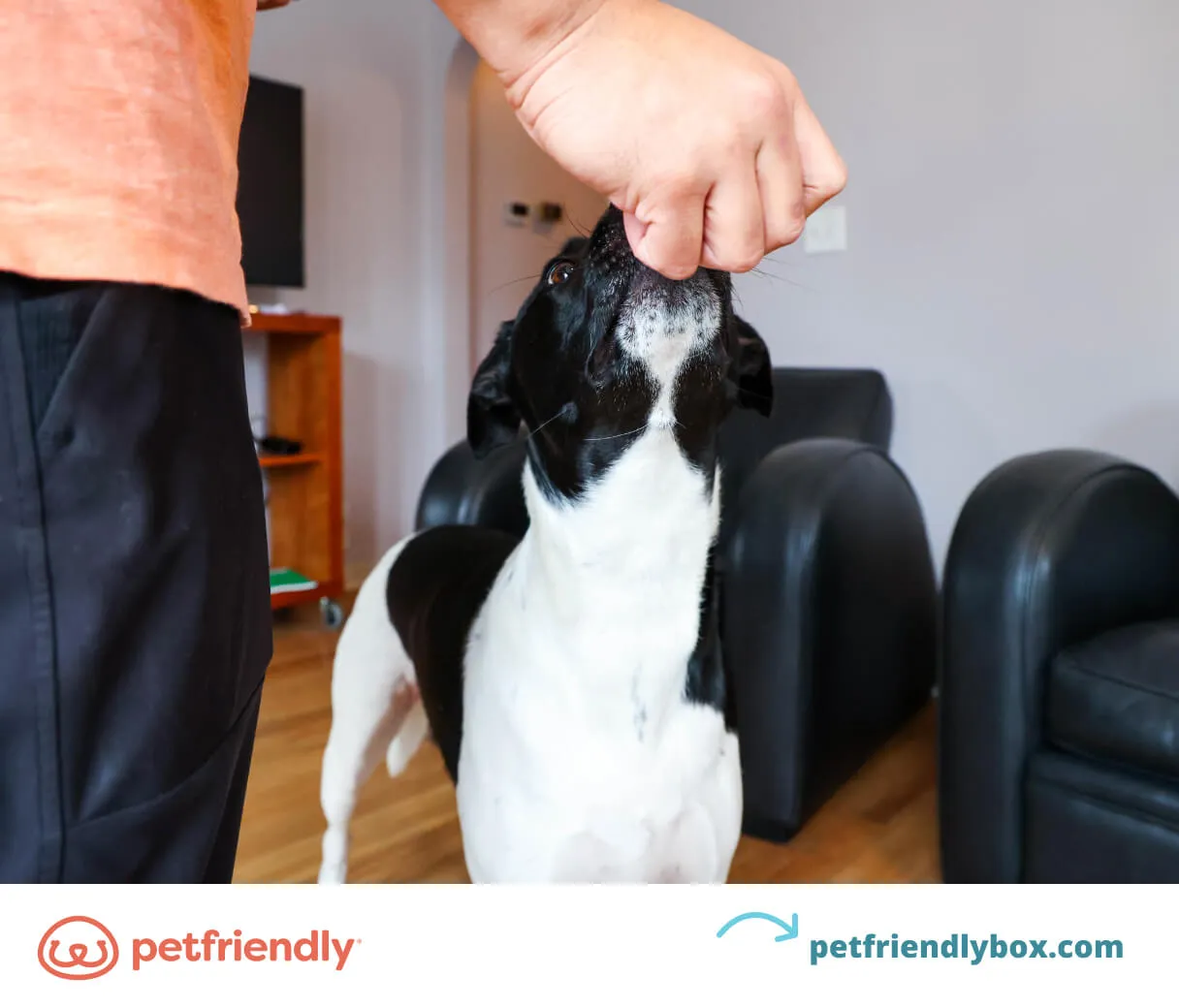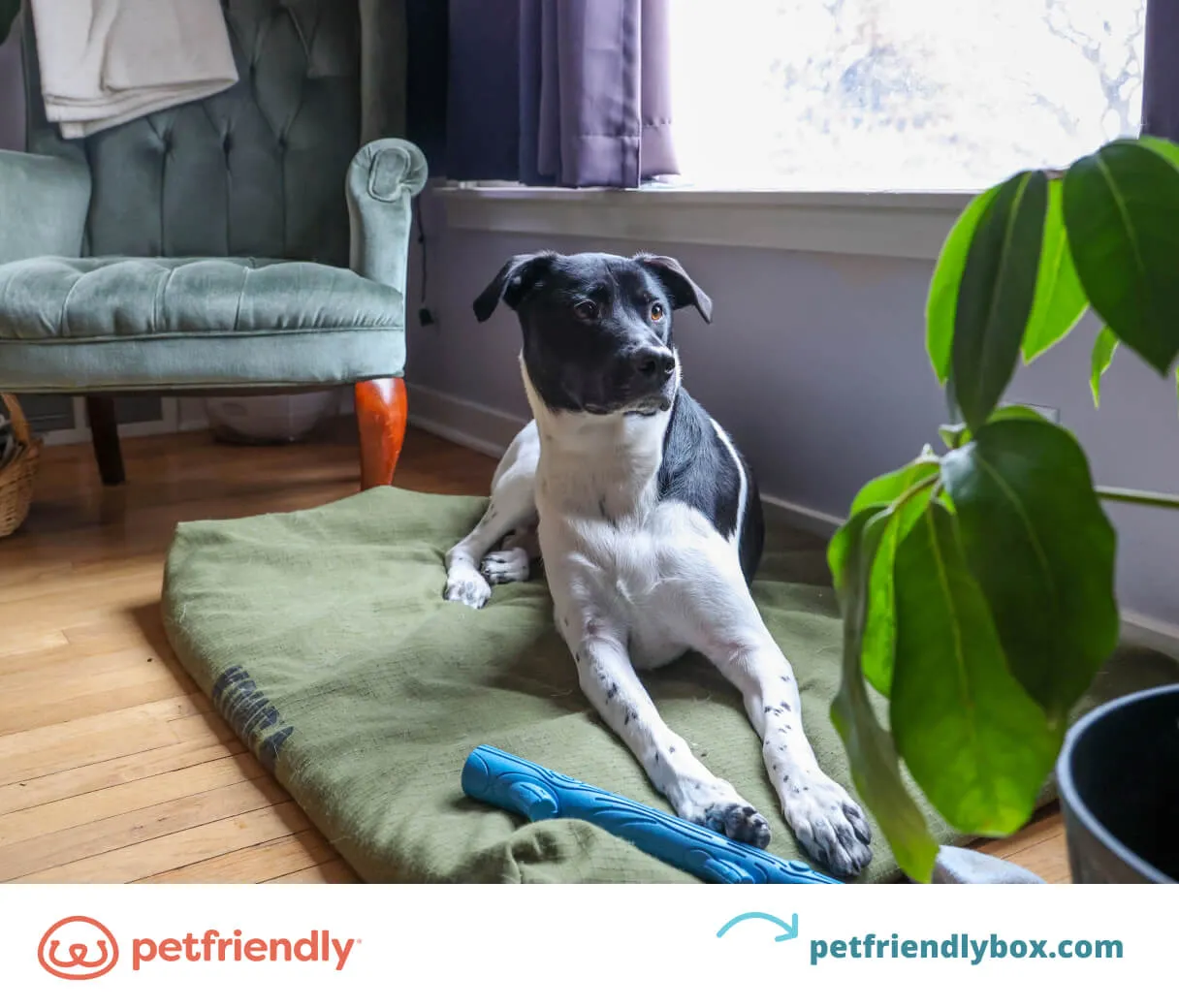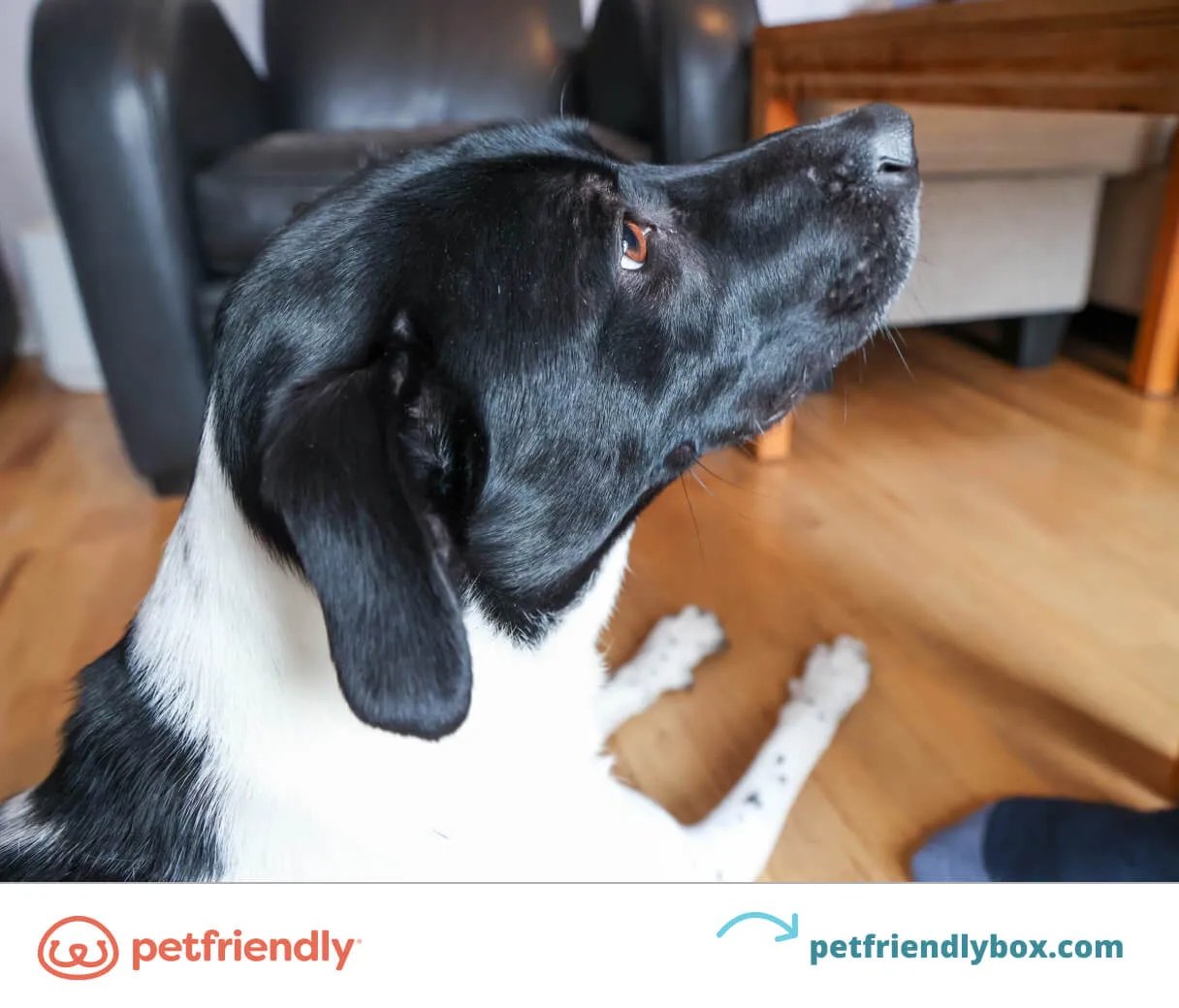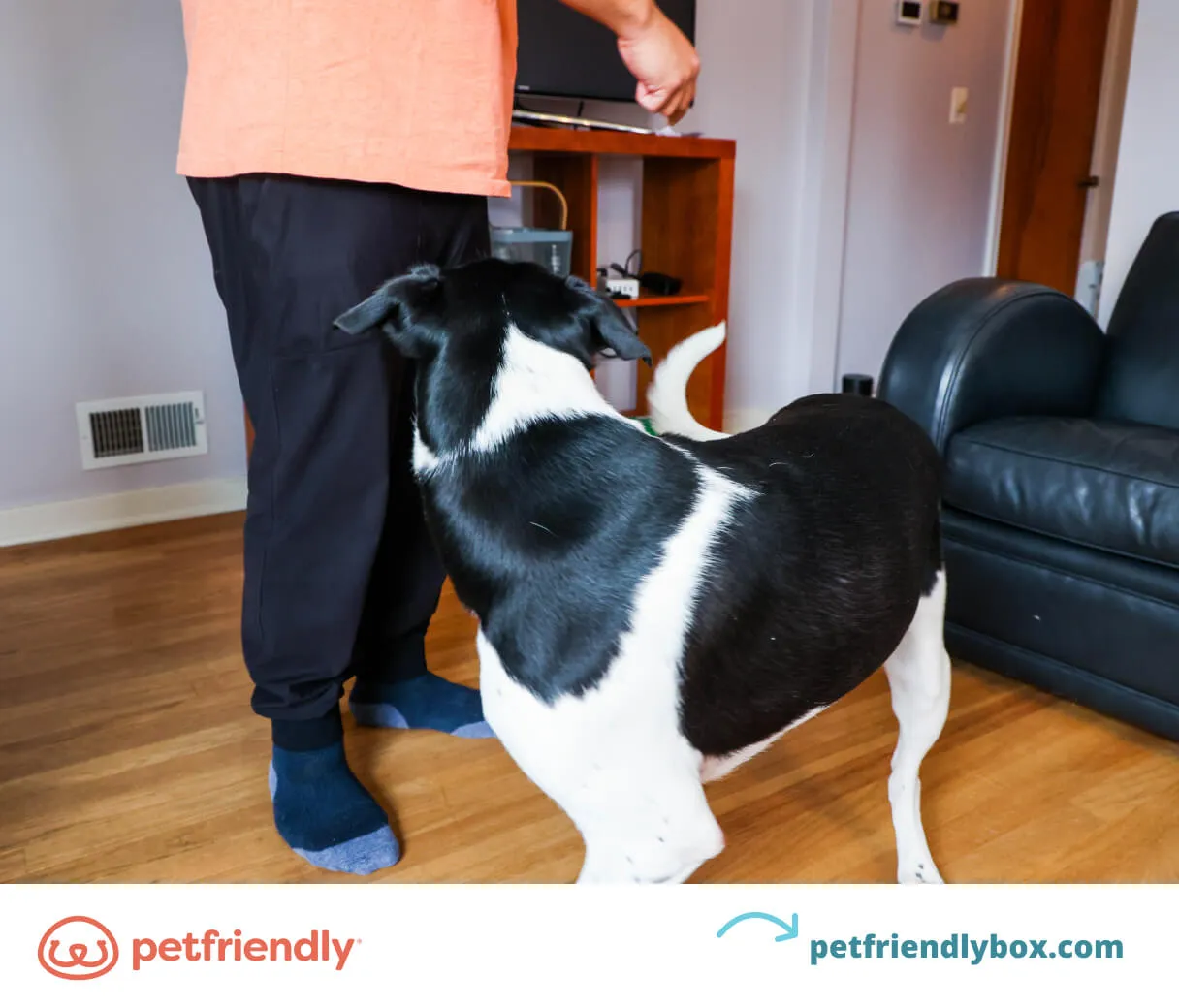Teaching your dog new tricks is a rewarding journey that strengthens your bond and enhances their overall behavior. Beyond just fun, trick training provides crucial mental and physical stimulation, helping your canine companion develop impulse control and stay engaged. Dog training is fundamental for equipping your furry friend with essential skills, improving their conduct, and expanding their understanding. When dogs reliably respond to commands, they are better behaved around both people and other animals, making every interaction smoother and more enjoyable.
[fun things to teach your dog]1. Sit: The Foundation of Obedience
The “sit” command is arguably the simplest and most fundamental trick every dog owner should teach. It serves as the starting point for many other commands and behaviors, laying a solid groundwork for further training. Mastering “sit” makes it significantly easier for your dog to grasp more complex tricks.
How to Teach Your Dog to Sit
To guide your dog into a sit, hold a high-value treat close to their nose. Slowly move the treat upwards and slightly back over their head. As their nose follows the treat, their rear end will naturally lower into a sitting position. The moment they sit, say “sit,” reward them with the treat, and offer enthusiastic praise like “yes!” or “good dog!” Repeat this process consistently until your dog reliably sits with the verbal cue alone.
 Dog Trick: Sit
Dog Trick: Sit
2. Stay: Building Impulse Control
Teaching your dog to “stay” is another foundational trick that plays a vital role in their impulse control. This command is invaluable for keeping your dog close by, preventing them from approaching potential dangers, or managing their interactions with others. Consistent practice helps your dog retain this skill as they mature.
How to Teach Your Dog to Stay
Begin by having your dog sit. Once they are in a sit, say the command “stay” and wait for a few seconds. If they remain seated, praise them and give them their release word followed by a reward. Gradually increase the duration of the pause before rewarding them. As they improve, start increasing the distance you move away from your dog while they are in the “stay” position. With continued practice, you can introduce distractions and even leave the room briefly.
Release words are crucial for signaling the end of a command. Common choices include “O.K.,” “Release,” “Go,” “Break,” or “Free.” Choose a word and practice consistently until your dog understands to remain in place until they hear it.
 Dog Tricks: Stay
Dog Tricks: Stay
3. Come: Safety and Reliability
The “come” or “here” command is paramount for your dog’s safety. A reliable recall can prevent stressful situations if your dog runs off and ensures they can be retrieved quickly from potentially dangerous scenarios.
How to Teach Your Dog to Come When Called
Start by standing a short distance from your dog. Call their name followed by the command “come” or “here.” As they move towards you, offer encouragement and praise. Upon reaching you, reward them with a treat, petting, and verbal affirmation. Use their release word and then repeat the process after a short break.
 Dog Tricks: Come
Dog Tricks: Come
4. Leave It: Preventing Ingestion of Harmful Items
The “leave it” command is a life-saving trick that trains your dog to ignore items on the ground. This is particularly important for preventing them from ingesting potentially toxic substances like dropped food or medication. With this command, your dog will learn to seek your permission before interacting with anything on the floor.
How to Teach Your Dog to Leave It
Place a high-value treat in your closed fist and present it to your dog. Say “leave it.” Allow them to try to get the treat until they desist. When they stop trying, praise them, say their release word, and then give them the treat from your hand. Gradually progress to using an open palm, and then dropping a treat on the floor, always reinforcing their decision to disengage with praise and the release word.
 Dog Tricks: Leave It
Dog Tricks: Leave It
5. Down: For Calmness and Control
The “down” command is essential for managing your dog’s behavior in various everyday situations, such as during vet visits or when guests are present. It helps them maintain a calm and still posture when needed.
How to Teach Your Dog to Lie Down
Start with your dog in a sit position. Hold a treat between your fingers and slowly move your hand down towards the floor in a straight line, then drag it away from them. Your dog will naturally follow the treat into a lying down position. As soon as they are down, say “down,” reward them with the treat, and use your release word. Practice until they lie down reliably on command.
 Dog Tricks: Down
Dog Tricks: Down
6. Place: A Designated Relaxation Zone
The “place” command teaches your dog to go to a designated spot, like their bed or crate, and relax. This is incredibly useful for preventing unwanted behaviors like begging at the table or jumping on guests, offering a positive alternative behavior.
How to Teach Your Dog to Go to Their Place
Ensure your dog knows “sit,” “down,” and “stay” before starting. Introduce their designated “place” (bed, crate, etc.). Reward any positive interaction with it. You can lure them onto their place with a treat, saying “place” as they step onto it. Reward them, then use their release word. Gradually increase the duration they stay on their place and introduce distractions while they remain there.
 Dog Tricks: Place
Dog Tricks: Place
7. Back Up: Navigating with Grace
Teaching your dog to “back up” is a movement trick that helps them learn to maneuver their body safely and effectively. This skill is particularly useful for navigating tight spaces or encouraging a dog to give guests a little personal space.
How to Teach Your Dog to Back Up
In an open space, stand in front of your dog. Take a step towards them. The moment your dog takes a step backward with their hind legs, reward them with a treat. After a few repetitions, add the verbal cue “back” or “back up.” With consistent practice, your dog should begin to back up on command.
 Dog Tricks: Back Up
Dog Tricks: Back Up
8. Shake Paws: A Friendly Greeting
Teaching your dog to “shake paws” is an easy and charming trick, perfect for impressing friends and family. It’s a great way to introduce physical interaction in a controlled and polite manner.
How to Teach Your Dog to Shake Hands (Paws)
Have your dog sit. Hold a treat in your closed hand near them. Repeat the word “shake” while gently tapping one of their front paws. Many dogs will instinctively lift their other paw to try and get the treat. As they lift their paw, catch it, say your command word, and reward them. Repeat until your dog lifts their paw reliably with the command.
 Paw Shake Hands Dog Trick
Paw Shake Hands Dog Trick
9. Play Dead: A Dramatic Flair
While not as critical as obedience commands, “play dead” is a fun trick that adds flair to your dog’s repertoire. If your dog already knows the “down” command, they’ll likely pick this up quickly.
How to Teach Your Dog to Play Dead
Start with your dog in a lying position. Hold a treat near their nose and slowly move it sideways, encouraging them to roll onto their side to follow it. Reward them once they are on their side. Repeat this until they are comfortable. Then, introduce a verbal command like “play dead” or a hand signal. Reward them when they perform the action on cue.
 Dog Trick: Play Dead
Dog Trick: Play Dead
10. Speak: Controlled Communication
Barking is a dog’s primary way of communicating, but teaching them to “speak” on command can help with impulse control and manage excessive barking. It helps them understand when vocalization is appropriate.
How to Teach Your Dog to Speak
Hold a desired item (toy or treat) in front of your dog. They may bark out of excitement or frustration. The moment they make any noise, mark the behavior with the command “speak” and reward them. Repeat until your dog understands to vocalize when asked.
 Dog Trick: Speak
Dog Trick: Speak
11. Take a Bow: A Natural Stretch
The “bow” command, where a dog lowers their front legs while keeping their hindquarters up, can come naturally to some dogs, especially those who stretch frequently. This trick reinforces their natural movements.
How to Teach Your Dog to Take a Bow
With your dog standing, hold a treat in front of their nose and slowly lower it towards the floor. As their front legs lower, say “bow” or “take a bow.” Reward them when they achieve the bow position. Repeat until they perform the trick on command.
 Take a Bow Dog Trick
Take a Bow Dog Trick
12. Spin: A Fun Rotation
“Spin” is a purely fun trick that adds excitement and novelty to your dog’s skill set. It’s a great way to keep training engaging and enjoyable.
How to Teach Your Dog to Spin
Hold a treat near your dog’s nose and slowly move it to the side of their head, encouraging them to turn. As they turn, say “spin.” Continue moving the treat in a complete circle until your dog spins all the way around. Reward them once they complete the circle. Repeat until they spin on verbal command alone.
 Dog Trick: Spin
Dog Trick: Spin
Final Tips for Successful Dog Trick Training
As you embark on teaching your dog new tricks, remember these key tips for success:
- Keep sessions short and engaging: Aim for 15-20 minute sessions once or twice a day to maintain your dog’s focus.
- Start simple: Begin with basic obedience commands before moving on to more complex tricks.
- Use rewards wisely: Utilize small pieces of your dog’s regular food or specialized training treats. Plan training around meal times to avoid overfeeding.
- Be patient and consistent: Not all dogs learn at the same pace. Consistency, positive reinforcement, and a fun approach are crucial.
Behavior and trick training is a fantastic way to stimulate your dog’s mind, strengthen your bond, and foster a well-behaved companion. Enjoy the process and celebrate every success!
